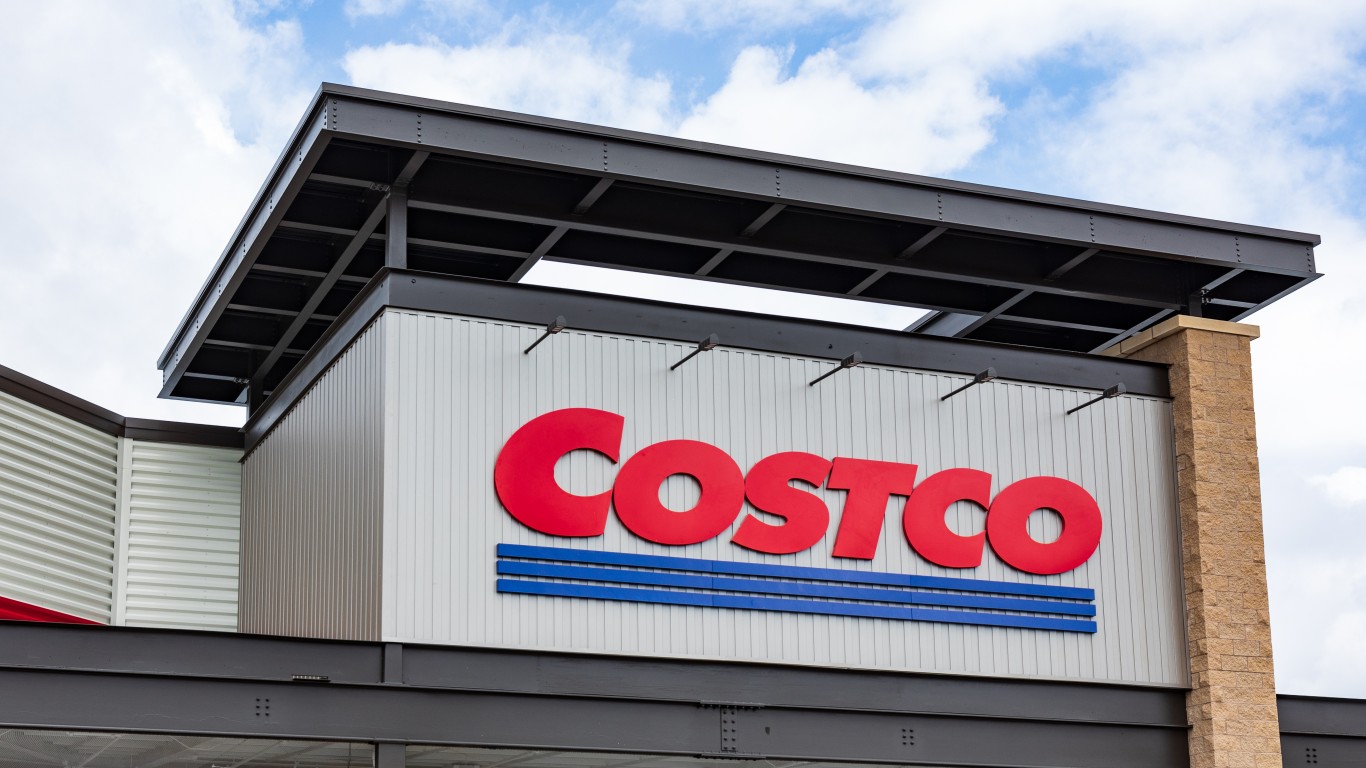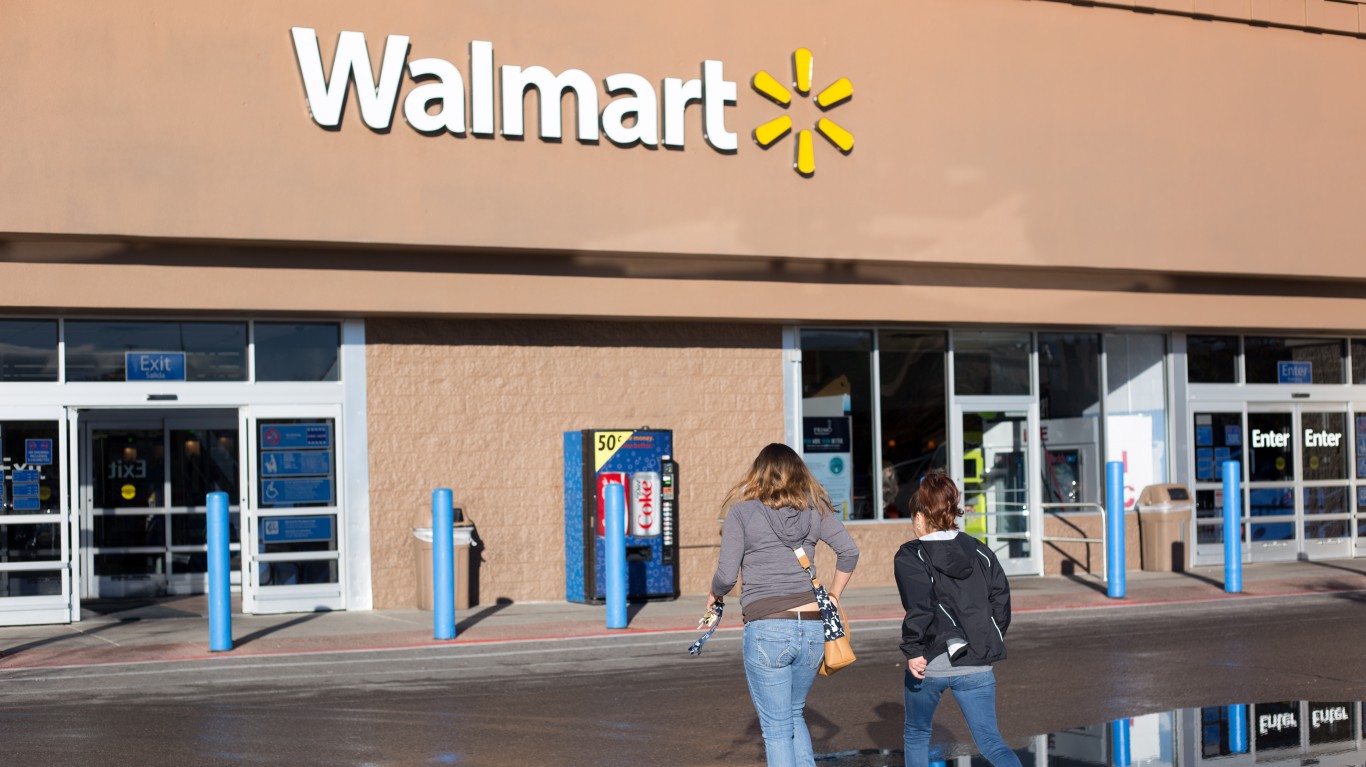
What might have been the Achilles heel of the U.S. economy has started to shape up well. With 41 shopping days until Christmas, large retailers have added hundreds of thousands of temporary workers, industry experts have forecast the best holiday sales since the Great Recession, and China trade tensions have not blunted consumer confidence. The only worry on the horizon is that even the best of shopping seasons will not bail out the weakest retailers.
Retailers have started to offer huge discounts on items before the Thanksgiving weekend, which includes Black Friday, a day that is considered a barometer for the rest of the season. Few people who follow the holiday economy are worried about these discounts. They are traditional and usually mean a retailer has stocked up on items for which it paid unusually low prices, or it wants to offer loss leaders to bring in shoppers who will buy other, more profitable things.
The holiday ads for Walmart Inc. (NYSE: WMT) have been leaked. Since it is the largest retailer in the country, its early offers are followed closely. BestBlackFriday, which follows these discounts, says that Walmart already has undercut smaller rivals Target, Kohl’s and Best Buy on the sought-after TVs and smartphones. Deeply discounted items include smart TVs from large manufacturer Philips, special offers on the iPhone 11 and Apple Watch, and the latest Wi-Fi products. Walmart’s purchasing power with suppliers and rock-solid balance sheet give it the opportunity to undercut the competition, both at Walmart.com and at its nearly 5,000 stores.
Not to be bested by its brick-and-mortar rivals, Amazon.com Inc. (NASDAQ: AMZN) has released a huge number of discounted items. For the time being, its focus is primarily on toys, clothing and consumer electronics. Amazon may dig itself a new earnings hole because of its aggressive free shipping. Last quarter, new, particularly aggressive shipping deals hurt its numbers. Free shipping deals as a competitive advantage grow by the year, as companies like Walmart offer deals that match Amazon’s. Observers believe that free shipping is another way to pound rivals into the ground. Even if short-term financial results are hurt, what is often a money-losing practice is something Amazon can easily afford.
Retailers such as Sears, J.C. Penney and Gap may be crippled badly enough that they are no longer viable at the end of the year. Each already has started a financial spiral down. Their store footprints have fallen. Discounts and free shipping are not affordable for them. One last gasp to bring in shoppers is unlikely to work.
Two trends show that the holidays may be a boon for healthy companies in the business. Retailers and airfreight companies like FedEx and UPS have hired armies of temporary workers. This lends at least a temporary bump to the economy and is a sign of optimism. Second, the most respected observers of holiday trends predict an unusually good season. On October 3, the nation’s retail association announced, “The National Retail Federation today said it expects holiday retail sales during November and December to increase between 3.8 percent and 4.2 percent over 2018 to a total of between $727.9 billion and $730.7 billion.”
Economists have said that consumers should have started to feel the effects of tariffs by now. In pockets, like the farming sector, they have been. But most measures of consumer confidence continue to be strong. That is probably due to unemployment that is a five-decade low and unusually low interest rates, which in some cases help consumers borrow against the price of holiday gifts.
The holiday season has been dominated by tailwinds and forecasts of tailwinds ahead. With only 41 shopping days until Christmas, both shoppers and most retailers appear to be in very good shape.
Take Charge of Your Retirement: Find the Right Financial Advisor For You in Minutes (Sponsor)
Retirement planning doesn’t have to feel overwhelming. The key is finding professional guidance—and we’ve made it easier than ever for you to connect with the right financial advisor for your unique needs.
Here’s how it works:
1️ Answer a Few Simple Questions
Tell us a bit about your goals and preferences—it only takes a few minutes!
2️ Get Your Top Advisor Matches
This tool matches you with qualified advisors who specialize in helping people like you achieve financial success.
3️ Choose Your Best Fit
Review their profiles, schedule an introductory meeting, and select the advisor who feels right for you.
Why wait? Start building the retirement you’ve always dreamed of. Click here to get started today!
Thank you for reading! Have some feedback for us?
Contact the 24/7 Wall St. editorial team.
 24/7 Wall St.
24/7 Wall St.



